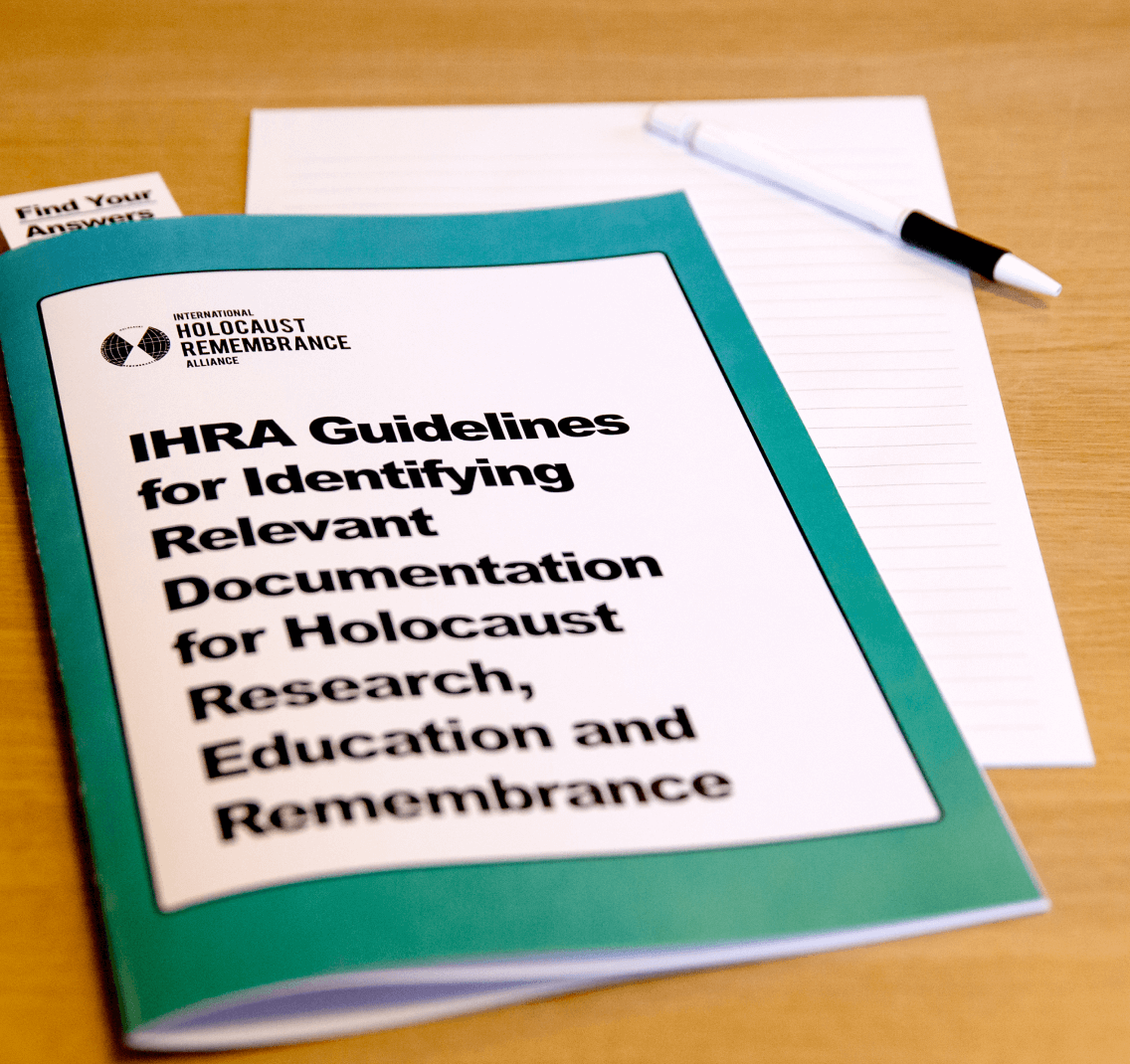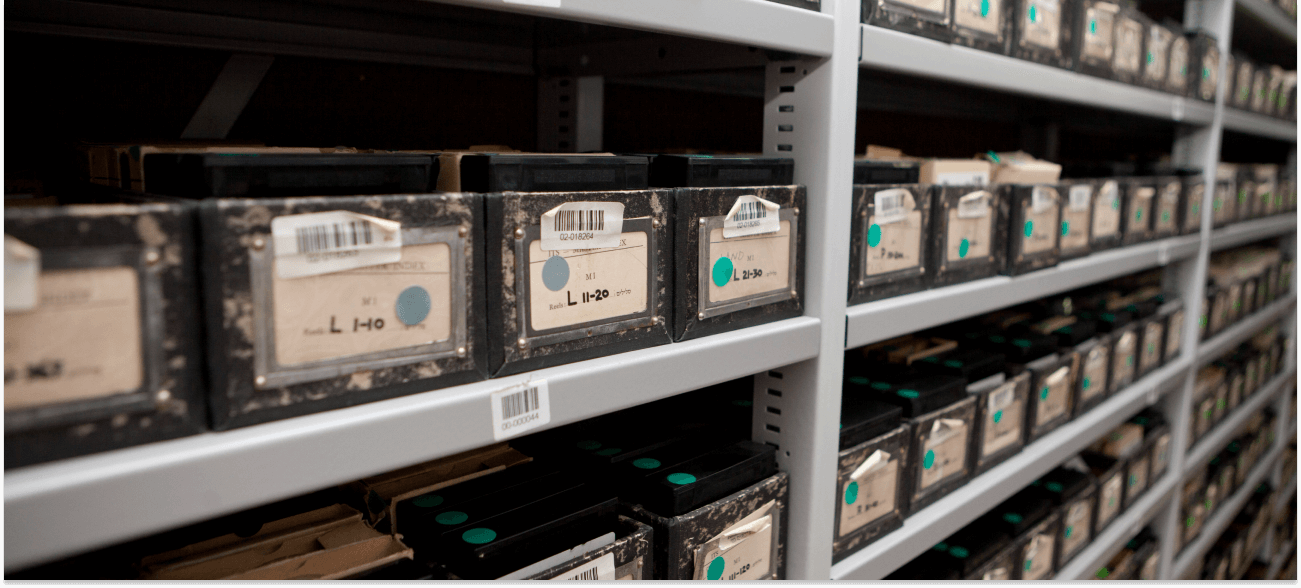
Working definition of Holocaust-related materials
Each and every document pertaining to the life of victims and survivors before, during, and after the Holocaust is extremely valuable. But which materials count as Holocaust-related? This working definition (2012), together with the IHRA’s Guidelines for Identifying Relevant Documentation for Holocaust Research, Education, and Remembrance (2021), provide archivists and researchers with a helpful starting point.
Our working definitions are available in multiple languages. While we try to ensure the accuracy of all of our translations, in the event of any discrepancies the English translation takes precedence.
The working definition of Holocaust-related materials: full text
Holocaust-related materials must have their origin in the period from the end of the First World War, extending forward to the close of Displaced Person camps in the 1950s, and must pertain to the legal, political social, economic, and cultural status of groups that became subject to state policies and/or persecution during the core period of 1933-1945. Exceptions to these temporal parameters include materials from Holocaust war crimes trials; testimonies about the Holocaust and its deniers; Holocaust commemoration and memorialization; asset and compensation-related materials; and records that are part of larger collections yet remain relevant to Holocaust history.
Types of materials include, but are not limited to
- Textual records, including but not limited to government documents, legal proceedings, institutional records, personal papers, diaries, memoirs, and correspondence;
- Electronic copies, facsimiles, casts, microfilm, and photographic reproductions;
- Works on paper, including but not limited to broadsides, announcements, advertisements, leaflets, posters, and maps;
- Footage and films;
- Audio and video interviews;
- Books, pamphlets, manuscripts, and transcripts;
- Musical recordings and scores; and
- Originals and copy prints of photographs, photographic albums, transparencies, and photograph negatives.
Materials relevant to study of the Holocaust inform a wide range of subject areas, the most important of which relate to the systematic and state-sponsored murder of approximately six million Jews and approximately a half million Roma in Europe and North Africa by the Nazi regime and its collaborators. In addition, such materials inform a wide range of related subject areas. These subject areas may include:
- Prewar communal life of victim groups in those areas affected by the Holocaust;
- The Nazi rise to power in Germany and the rise of fascism and ethnically-oriented ideologies and policies in other European states;
- Nazi racial “science” and the propaganda campaign against Jews, Roma, and other groups targeted by the Nazis prior to the start of the Second World War and the Holocaust;
- Nazi anti-Jewish policy in the 1930s;
- The flight of victim groups from Nazi-occupied Europe;
- Refugee communities in various countries;
- The response (or lack thereof) of the international community to the rise of Nazism and the persecution of Jews and other targeted groups;
- The policies and practices of Nazi occupation;
- The roundups, deportations, and murder of European Jewry;
- Mass shootings as conducted by Einsatzgruppen, other German units, indigenous police, auxiliary units, and collaborators;
- Ghettos, concentration camps, labor camps, and killing centers;
- The fates of Poles, Roma, homosexuals, Jehovah’s witnesses, people with physical and mental disabilities, Soviet prisoners of war, political enemies, and other groups targeted during the Second World War;
- Persecution of and by indigenous populations in Nazi-controlled and Nazi-allied Europe;
- Nazi collaborators in relevant countries;
- Regimes of Nazi satellite states and their treatment of the populations under their control;
- Resistance to Nazi policies and actions;
- Rescue;
- Life in hiding during the Holocaust;
- Discovery and disclosure of labor, concentration, and death camps;
- Liberation of Holocaust survivors;
- The search for and apprehension of war criminals;
- War crimes trials;
- Experiences of survivors after liberation;
- Bricha and other escape and rescue movements;
- Jewish experiences in DP camps and elsewhere after liberation;
- Immigration to Palestine, the United States, and other countries after the war;
- Claims for restitution and reparations;
- Holocaust memorialization and commemoration;
- State-sponsored historical commissions; or
- Contemporary documentation concerning Holocaust denial and distortion.
Reported research results will distinguish as much as possible experiences and data pertaining to records relevant to the study of the Holocaust from those relevant to other Nazi crimes.
Sign up to our newsletter to
receive the latest updates
By signing up to the IHRA newsletter, you agree to our Privacy Policy




